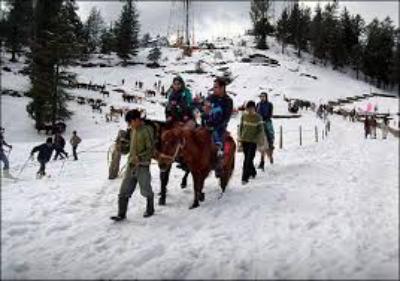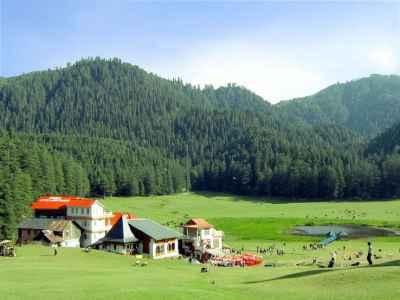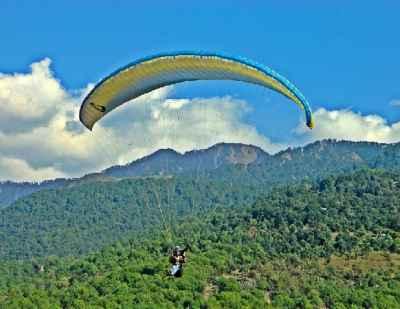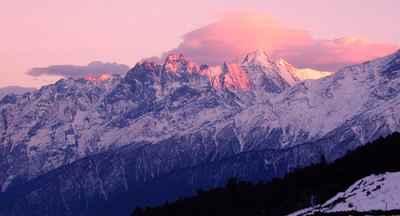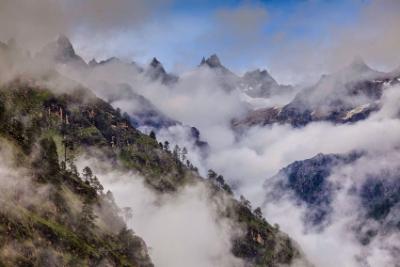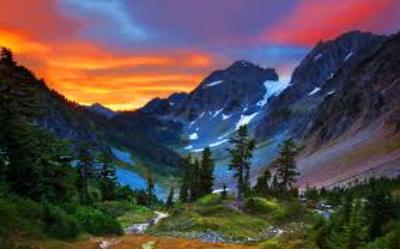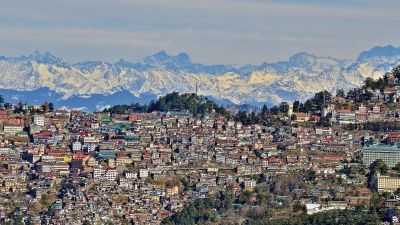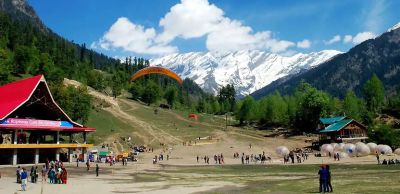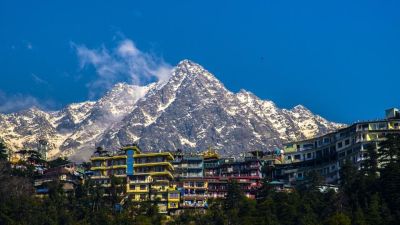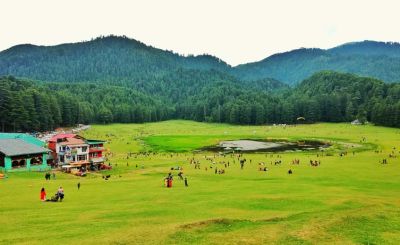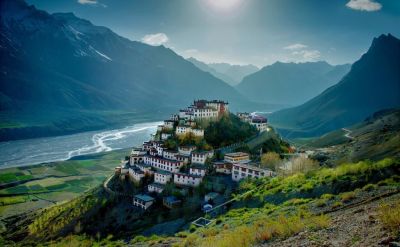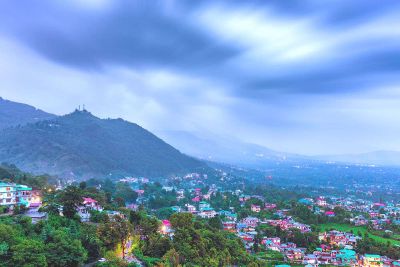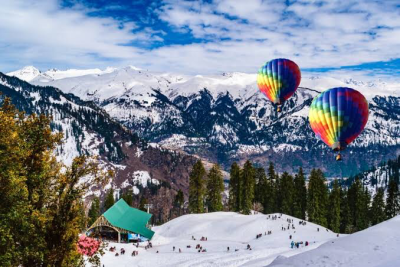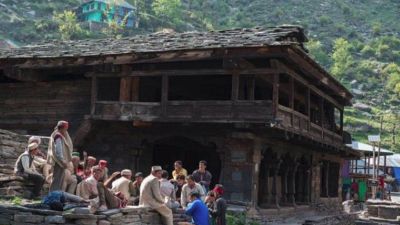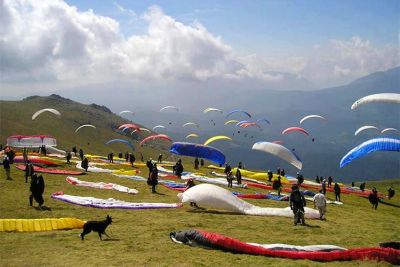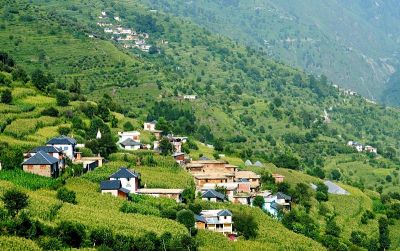Himachal Pradesh's Indigenous Communities: Lifestyles and Customs
Himachal Pradesh, nestled in the arms of the majestic Himalayas, is not only blessed with picturesque landscapes but also home to a rich tapestry of indigenous communities. These communities have inhabited the mountains of Himachal for centuries, preserving their unique customs, traditions, and lifestyles. In this blog post, let's delve into the lives of these indigenous communities and learn about their fascinating cultures.
The Gaddis: Nomads of the Himalayas
One of the most well-known indigenous communities in Himachal Pradesh is the Gaddis. Living in the higher reaches of the mountains, the Gaddis are primarily shepherds and herders. They trek to the alpine meadows, known as 'bugyals,' during the summer months to graze their livestock and return to the lower valleys in the winter. The Gaddis have a deep connection with their animals and lead a simplistic and sustainable lifestyle.
The Gaddis are known for their distinctive clothing, which includes a sheepskin coat called 'rachhi,' a woolen cap, and sturdy shoes that help them navigate the rugged terrains. They practice a unique form of polyandry, where brothers share a wife. This is done to ensure that land remains undivided and the livestock is well-managed.
The Kinnauris: Guardians of the Apple Orchards
Located in the Kinnaur district, the Kinnauris are another indigenous community that deserves recognition. Famous for their apple orchards and terraced fields, the Kinnauris are adept in sustainable agriculture practices. They have mastered the art of growing crops in the challenging terrain, making the most of the limited resources available to them.
The Kinnauris have a rich mythology and follow a blend of Hinduism and Buddhism. They have several ancient temples dotting their landscape, including the famed Kinnaur Kailash, which is revered by both Hindus and Buddhists. The women of Kinnaur are known for their intricate and colorful traditional attire, jewelry, and headgear.
The Bhotias: Himalayan Traders
The Bhotias, also known as the Bhotiyas, are an indigenous community residing in high-altitude areas like Lahaul and Spiti, as well as parts of Kinnaur. Historically, the Bhotias were known for their trade relations with Tibet, hence the name 'Bhotia,' which means 'Tibetan.'
The Bhotias are skilled craftsmen and artisans, renowned for their intricate woolen shawls, carpets, and handmade jewelry. Traditionally, they practiced transhumance, moving with their herds to higher pastures in the summer and returning to the lower valleys during winter. The Bhotias have a robust cultural heritage, reflected in their festivals, music, dance forms, and cuisine.
The Pangwals: Protectors of the Forests
The Pangwals are a forest-dwelling indigenous community living in the districts of Kinnaur and Shimla. They have an intimate understanding of the forests and engage in activities like hunting, gathering, and beekeeping. With their deep-rooted knowledge of medicinal plants, the Pangwals also practice traditional herbal medicine.
The Pangwals have a unique social structure and are known for their egalitarian ways. They have their own tribal deity, whom they worship and seek guidance from in matters of the community. The Pangwals celebrate various festivals with great fervor, showcasing their vibrant dances, music, and traditional attire.
The Khampas: The Forgotten Warriors
The Khampas are a community that hails from the Spiti Valley of Himachal Pradesh. Historically, they were warriors known for their incredible bravery and skill in combat. The Khampas played a significant role in safeguarding the region against invasions from neighboring areas.
Today, the Khampas engage in various professions, including farming, herding, and trade. They have a rich cultural heritage, with traditional dances, music, and costumes being an essential part of their identity. Despite their past as warriors, the Khampas are known for their warm hospitality and welcoming nature.
Preserving Heritage and Recognizing Contributions
These indigenous communities of Himachal Pradesh are the backbone of the state's cultural fabric. Their customs, traditions, and sustainable lifestyles have thrived against the backdrop of the mighty Himalayas for centuries. It is crucial to recognize their contributions and preserve their heritage for future generations.
Exploring the lives of these indigenous communities offers a unique insight into the diversity of human cultures and the resilience of people living in harmony with nature. As travelers, let us celebrate and respect the indigenous communities of Himachal Pradesh, understanding that their way of life is a priceless treasure that needs our support and appreciation.
Share the Blog Post!
If you found this blog post insightful and fascinating, we encourage you to share it with your fellow travel enthusiasts and friends. Let's spread the word about the rich cultural heritage of Himachal Pradesh and the indigenous communities that call it home!
Disclaimer : The information provided in this blog is for general informational purposes only. While we strive to keep the content accurate and updated, TravelSetu assumes no liability for errors or omissions. If you believe any part of this blog infringes your rights or causes concern, please notify us immediately at info[at]travelsetu[dot]com so that appropriate action can be taken.
